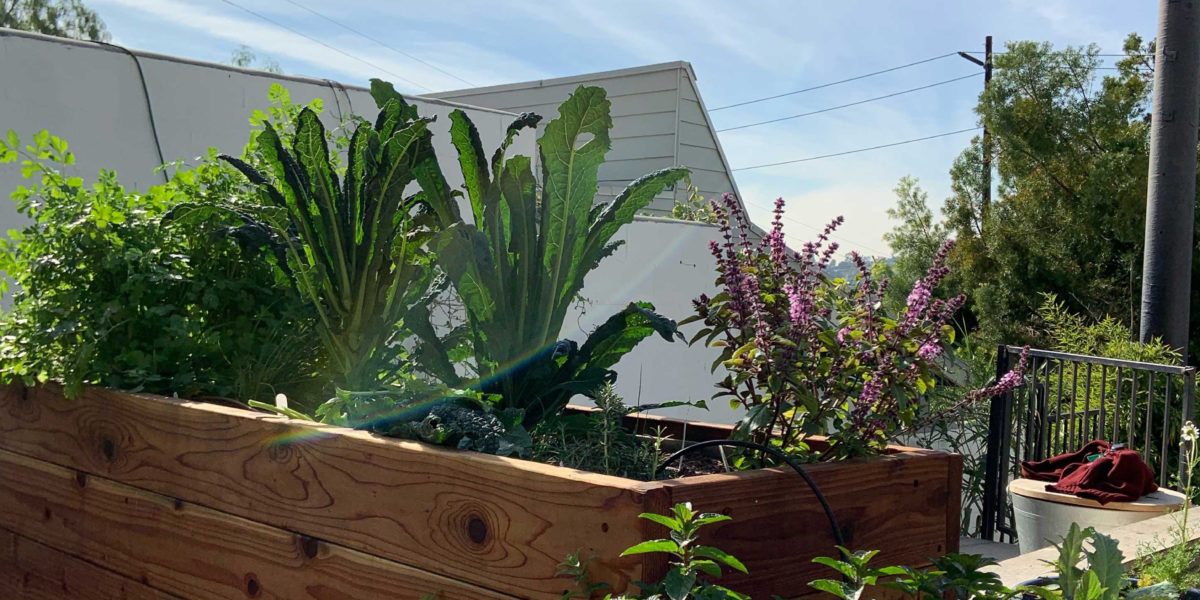6 Easy Facts About City Blooming Described
Everything about City Blooming
Table of ContentsAn Unbiased View of City BloomingThe Best Strategy To Use For City BloomingIndicators on City Blooming You Should KnowUnknown Facts About City BloomingThe 5-Minute Rule for City Blooming
Intrigued in growing food for sale in the City of Chicago? Below is a checklist of frequently asked concerns concerning the policies and regulations that farmers should consider when preparing a city agriculture task.
The zoning amendment does not change any various other codes managing composting, building licenses, acquiring or leasing City had residential or commercial property, company licenses or ecological contamination. There are existing codes that regulate these issues and they stay completely impact and might be appropriate to your project. Neighborhood yards are generally possessed or handled by public entities, civic organizations or community-based organizations and preserved by volunteers.
Urban ranches expand food that is planned to be marketed, either on a nonprofit or for-profit basis. Due to their commercial function, metropolitan farms require a service license.
The Best Guide To City Blooming
Composting is permitted however just for plant product that is produced and utilized on site. The amount of compost product can not surpass 25 cubic lawns at any type of given time according to the criteria in 7-28-715 of the City's Municipal Code. Yes. Due to the fact that the dirt at a lot of new yard websites needs changing, compost, dirt, timber chips, or other products can be obtained to construct or boost the expanding area - landscaping.

If a building authorization is needed then the hoophouse will certainly be considered an accessory structure. You can learn even more about the structure license needs by getting in touch with the Division of Buildings. The 25,000-square-foot dimension limit is planned to avoid a single area garden from controling a given block or diminishing the block's existing property or commercial character.
The restriction does not apply to yards situated in Public Open Space (POS) districts. Can there be more than one community yard that is 25,000 square feet on a single block? Yes. The dimension restriction puts on individual gardens, not to specific blocks. No. Fence is not required, nonetheless, gardens that have big auto parking areas might be needed to mount fencing or various other landscape design attributes.
An Unbiased View of City Blooming
B1 & B2 areas call for that all business use activities be conducted indoors. R districts limit business task. The regulations mirror the purpose and intent of the Zoning Code. Is fencing required for city ranches? Yes. Fencings may be needed, in addition to landscape design and screening, for sure parking lot and outside work or storage space locations relying on place and the particular activity occurring.
Yes. Urban ranches need building licenses and zoning approvals prior to construction. Various other kinds of city review may be needed relying on certain structures, activities, dimension, landscape design, licensing, public heath and stormwater management problems. A number of these requirements are recognized in the task layout or permitting process, however, the candidate may be responsible to individually recognize certain licenses or allows that may be required.
The Division of Company Matters and Consumer Defense can assist identify the details type of service license that's needed. Off street car parking is needed for many commercial jobs in Chicago. The needed number of vehicle parking rooms is based on the number of employees working on site and not the square video footage of the growing area.
How City Blooming can Save You Time, Stress, and Money.

An urban ranch can sell compost material created on site, nevertheless, the operation should abide with the regulations in 7-28-715 of the Chicago Municipal Code. Aquaponic systems are permitted inside on metropolitan ranches in lots of zoning areas.
Up to 5 hives or swarms of honey bees may be maintained as an accessory usage. Beekeepers must sign up with the Illinois Division of Agriculture. For more information concerning the proposed zoning amendment you may contact the Division of Housing and Economic Development, Bureau of Preparation and Zoning at 312.744.8563.
, which takes area in rural locations at the edge of residential areas.
Rumored Buzz on City Blooming
, that look for to create social networks founded on visite site a common values of nature and community holism. These networks can establish by means of formal institutional support, ending up being incorporated right into neighborhood community planning as a "change town" activity for sustainable metropolitan development.
Some of the first proof of metropolitan agriculture comes from Mesopotamia.